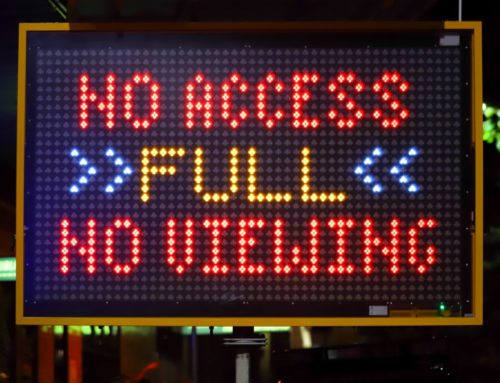 Patrick Lencioni wisely points out in The Five Dysfunctions of a Team: A Leadership Fable
Patrick Lencioni wisely points out in The Five Dysfunctions of a Team: A Leadership FableThink about what’s slowing down your communications plan, or the decisionmaking needed to implement it, and you’ll often realize it’s one of those two things or both.
Consensus culture is common in the nonprofit sector, but it can be dangerous to good communications. As Seth Godin once said, “Nothing is what happens when everyone has to agree.”
Good communications work requires speed and agility, and on many days, a certain level of risk taking. Consensus, on the other hand, does not work well when rushed and tends to produce more conservative or middle-of-the-road outcomes.
One of the hallmarks of great communications work is a willingness to experiment. However, nonprofits that rely on consensus for these decisions often make compromises with people in the group who are pessimistic or ill-informed or who simply enjoy playing the devil’s advocate. You can end up with decisions that everyone is lukewarm about, and therefore no one is committed to pursuing.
That’s not to say that naysayers and conflict aren’t welcome: Conflict is essential to good collaborative processes. You want to hear a variety of opinions and perspectives. You want to gather information from different sources. The difference is how the decision is made – and it must be made.
One common outcome of consensus processes is no decision, often because of the need for certainty. More cautious members of a team may refuse to give their blessings without assurances that are simply impossible to guarantee. Communications work is by nature constantly changing. Yet it’s far better to decide, to move forward, and to adjust as needed than it is to make no decision at all or to waffle.
I really appreciated the decisionmaking advice that Jeff Bezos recently shared in his annual letter to Amazon shareholders.
Bezos says “most decisions should probably be made with somewhere around 70% of the information you wish you had.” Waiting for more certainty will make you too slow. He also points out that you need to be good at quickly recognizing and correcting bad decisions anyway. So if you’re good at course correcting, being wrong is probably less costly than you think. Being slow definitely costs you.
Bezos also recommends the phrase “disagree and commit.” He says, “If you have conviction on a particular direction even though there’s no consensus, it’s helpful to say, ‘Look, I know we disagree on this but will you gamble with me on it? Disagree and commit?’ By the time you’re at this point, no one can know the answer for sure, and you’ll probably get a quick yes.”
Collaboration on an outstanding nonprofit communications plan requires communicating effectively with each other, passionately sharing viewpoints, negotiating trade-offs, and working through the inevitable conflicts. People need to feel heard. This is not the same thing, however, as needing to agree with the decisions all the time.





